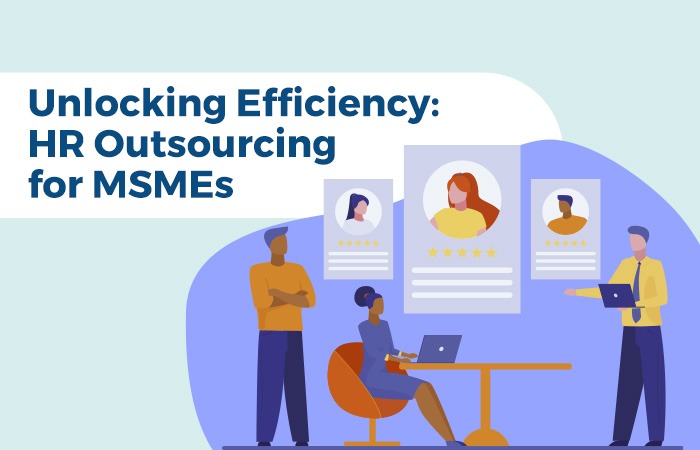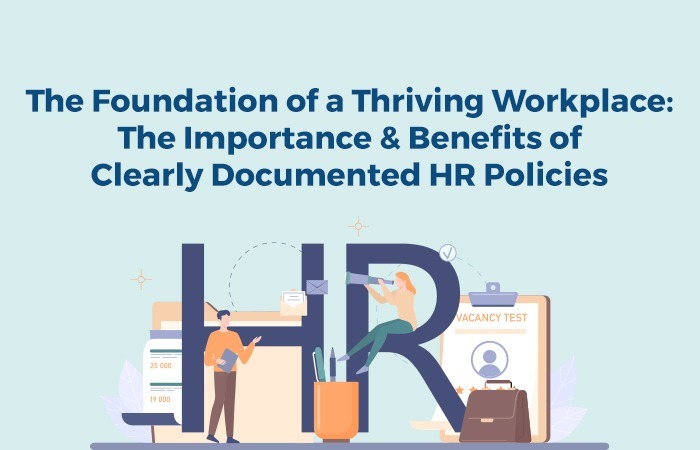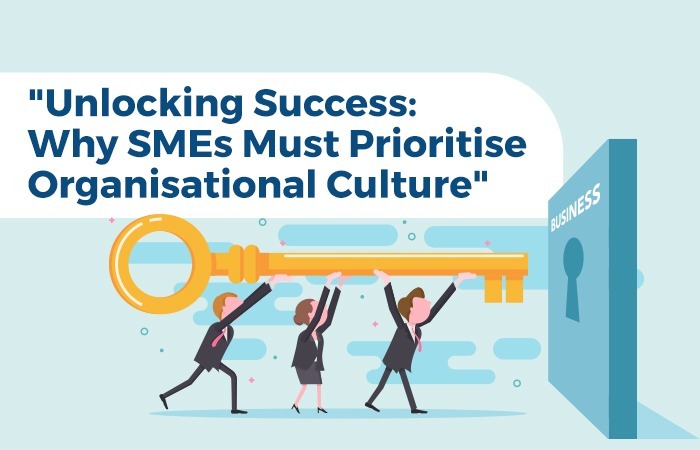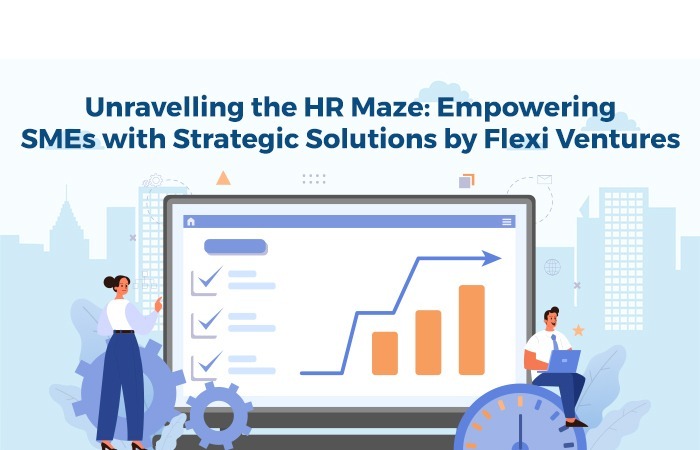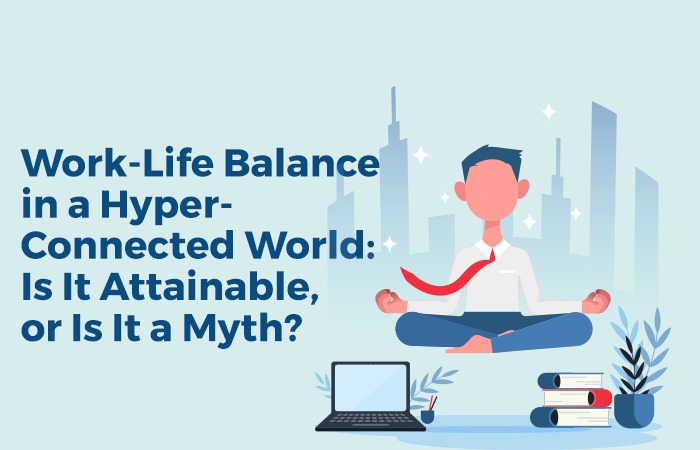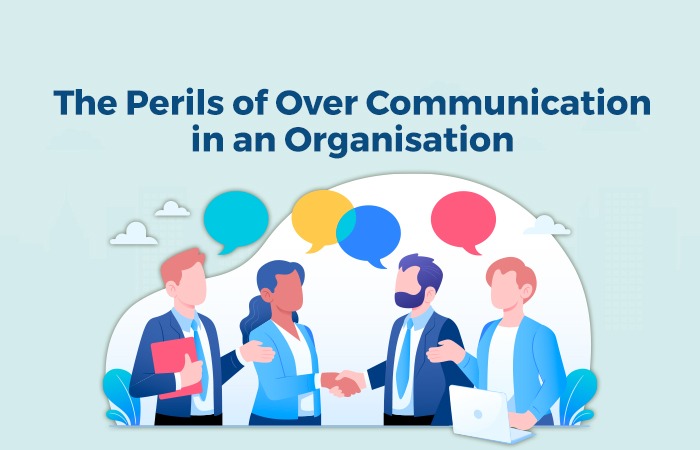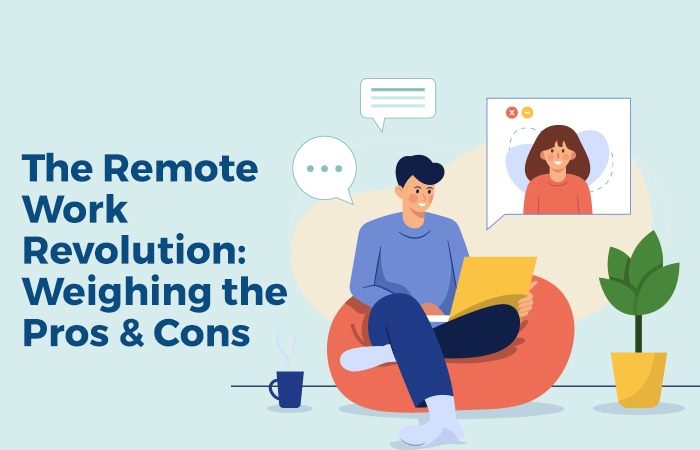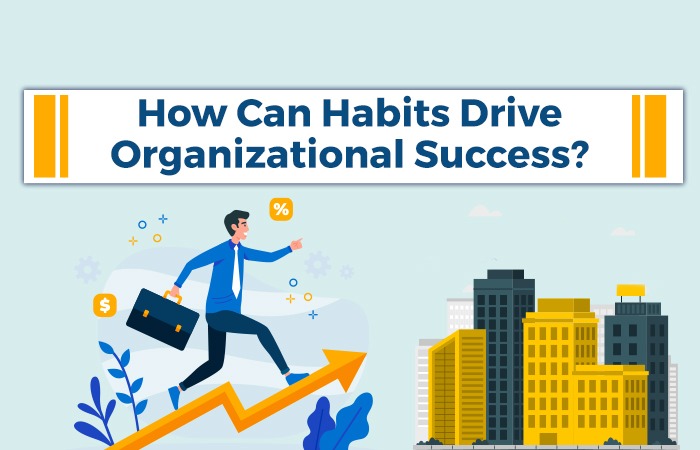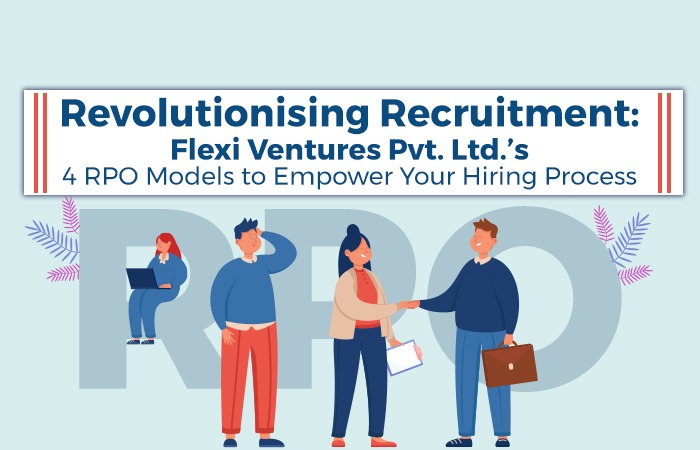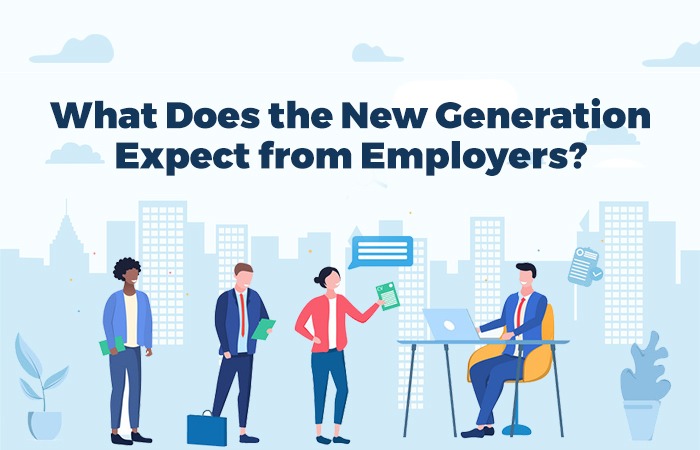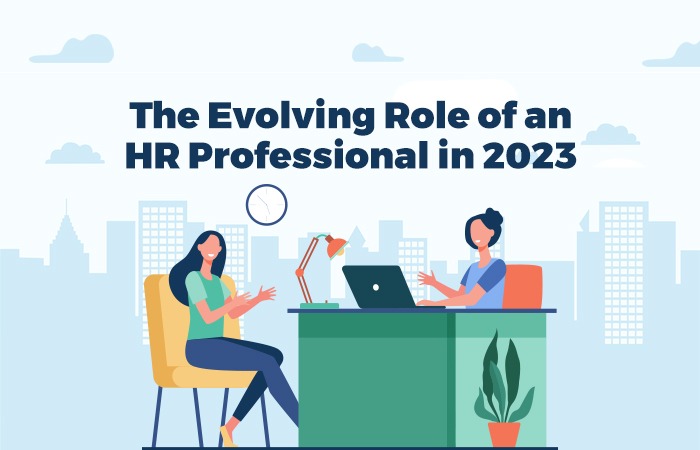When it comes to hiring new employees, assessing their attitude and competencies is just as important as evaluating their qualifications and experience. Attitude determines how well candidates will fit into the company culture and their ability to collaborate with colleagues, while competencies indicate whether they possess the necessary skills to perform the job successfully. In this blog post, we will discuss effective strategies for assessing candidates for attitude and competencies during the interview process, enabling you to make informed hiring decisions.
1. Define the Desired Attitude and Competencies: Before conducting interviews, clearly define the attitude and competencies that are essential for success in the role and within your organisation. Identify the key behavioural traits, such as teamwork, adaptability, problem-solving, and communication skills. This will provide a framework for evaluating candidates’ responses and behaviours during the interview.
2. Ask Behavioural Interview Questions: Behavioural interview questions are designed to assess candidates’ past experiences and behaviours, as they are good indicators of future performance. Ask candidates to describe specific situations they have encountered in the past, and how they approached and resolved them. For example, if teamwork is crucial, ask them to share an example of a successful team collaboration and their role in it. Listen closely to their responses and evaluate whether their attitudes and competencies align with the desired criteria.
3. Use Situational Questions or Role-Play Exercises: To assess candidates’ competencies, consider using situational questions or role-play exercises. Present hypothetical scenarios that are relevant to the role and observe how candidates analyse the situation, make decisions, and apply their skills. For instance, if problem-solving skills are important, describe a common challenge they may encounter on the job and ask them to walk you through their problem-solving process.
4. Evaluate Non-Verbal Communication: Non-verbal cues can provide valuable insights into a candidate’s attitude and competencies. Observe their body language, facial expressions, and overall demeanour throughout the interview. Positive indicators may include good eye contact, active listening, and open body posture, while negative signs may include excessive fidgeting, lack of engagement, or defensive posturing. These non-verbal signals can help you gauge a candidate’s level of confidence, enthusiasm, and interpersonal skills.
5. Assess Cultural Fit: Assessing cultural fit is crucial for ensuring long-term success and employee satisfaction. During the interview, gauge candidates’ alignment with your company’s values, vision, and work environment. Ask questions related to their work preferences, how they handle challenges, and how they contribute to a team dynamic. This will give you an indication of whether the candidate’s attitude is compatible with your organisation’s culture and if they are likely to thrive in your specific work environment.
6. Request Work Samples or Assessments: In addition to traditional interviews, consider requesting work samples or assessments that allow candidates to showcase their competencies directly. For example, you can ask them to prepare a short presentation or solve a problem related to the role. These tasks provide a tangible demonstration of their skills, enabling you to assess their competency levels accurately.
7. Seek Input from the Interview Panel: If possible, involve multiple interviewers in the process to gain diverse perspectives. After each interview, encourage the interview panel to share their observations and insights on candidates’ attitudes and competencies. This collaborative approach helps minimise bias and provides a comprehensive evaluation of each candidate.
Assessing candidates for attitude and competencies during an interview is crucial for finding the right fit for your organization. By defining the desired attitude and competencies, using behavioural interview questions, incorporating situational assessments, evaluating non-verbal communication, assessing cultural fit, requesting work samples, and seeking input from the interview panel, you can make informed hiring decisions that align with your


